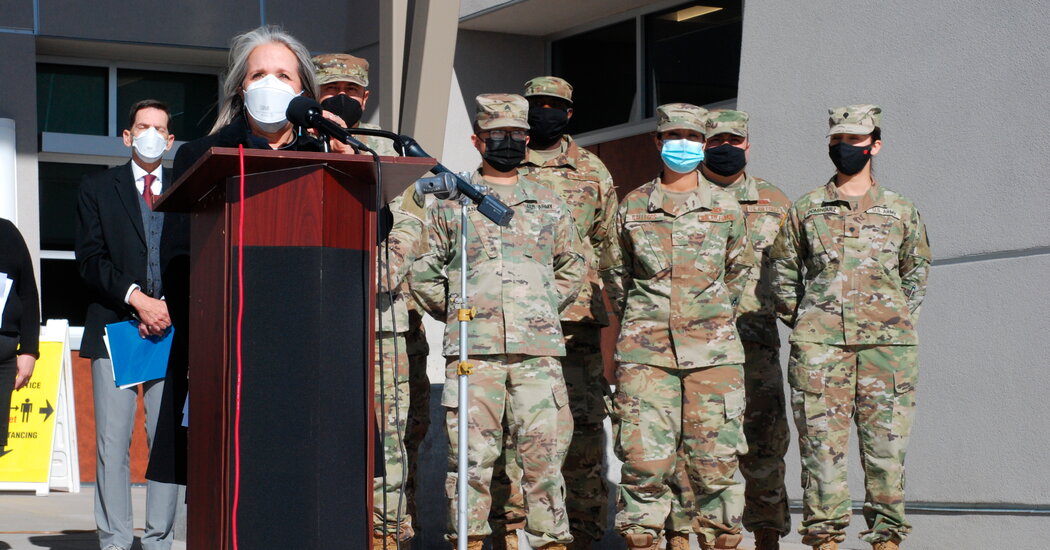JOHANNESBURG – Lions at a South African zoo who caught the coronavirus from their handlers were sick for more than three weeks and continued to test positive for up to seven weeks, according to a new study that has raised concerns about to the spread of the virus among animals in the wild.
It’s unclear how much virus the lions were carrying or if they were actively infectious during the entire time they tested positive. But prolonged periods of infection in big cats would increase the risk of an outbreak in the wild spreading more widely and infecting other species, researchers said. This could eventually make the virus endemic in wild animals and, in the worst case scenario, give rise to new variants that could come back to humans.
The study conducted at the University of Pretoria is probably the first of its kind in Africa. Researchers began monitoring captive wildlife in zoos and conservation sanctuaries after a tiger at the Bronx Zoo fell ill with the coronavirus in April 2020, according to Professor Marietjie Venter, lead researcher on the study.
The research team monitored two pumas who contracted the coronavirus at a private zoo in July 2020, during the first pandemic wave in South Africa. The cougars, which are not native to South Africa, started showing symptoms including loss of appetite, diarrhoea, runny nose and persistent cough. Both cats fully recovered after 23 days.
About a year later, at the same zoo, three lions began showing similar symptoms. One of the lions, an older female, developed pneumonia. The lion trainer and a zoo engineer also tested positive for the virus.
This time, the researchers were able to sequence the samples and found that the lions and their handler were infected with the same Delta variant. The disease developed by the lions, particularly in the older female, showed that animals, like humans, could develop severe symptoms from the Delta, which caused South Africa’s deadliest pandemic wave.
The lions recovered after 25 days, but had positive PCR tests for over three more weeks. PCR tests amplify the genetic material of the virus and can therefore detect even very small amounts of it. The data suggests the amount of virus the lions were carrying decreased over those weeks, and it was unclear how long they were infectious.
In a captive environment the animals have been kept in quarantine, but in large parks scattered across South Africa, where lions are a common public attraction, controlling an outbreak could prove “very, very difficult”, according to the report. study, especially if it went undetected. . These lions are often fed by humans rather than hunting for themselves, increasing their exposure.
“If you don’t know it’s Covid, there’s a risk that it will then spread to other animals and then potentially to humans,” said Dr Venter, a professor of medical virology, who s is partnered with a veterinary wildlife scientist for this study. Animals have been infected long enough “for the virus to actually mutate,” she said, “but the risk is more than if you’re in a wildlife sanctuary and it spreads in the wild, it can then become endemic”.
The coronavirus causing the global pandemic likely originated in bats and eventually spread to humans, in what are known as “spillover” infections.
Scientists warn that ‘backward’ infections from humans infecting animals – as has happened with mink, deer and domestic cats – could ravage entire ecosystems in the wild. Infections that have reached nature could also extend the potential for the virus to spread out of control and mutate in animals, potentially into variants dangerous to humans.
A well-studied phenomenon concerns infections among large populations of mink in captivity. At a mink farm in Denmark, the virus mutated into a new strain when passing from humans to mink, prompting the mass culling of animals across that country and Europe to prevent its spread to humans.
In contrast, the South African study involved small outbreaks, but Dr Venter noted that the spread in mink shows the potential danger of larger outbreaks in wildlife.
